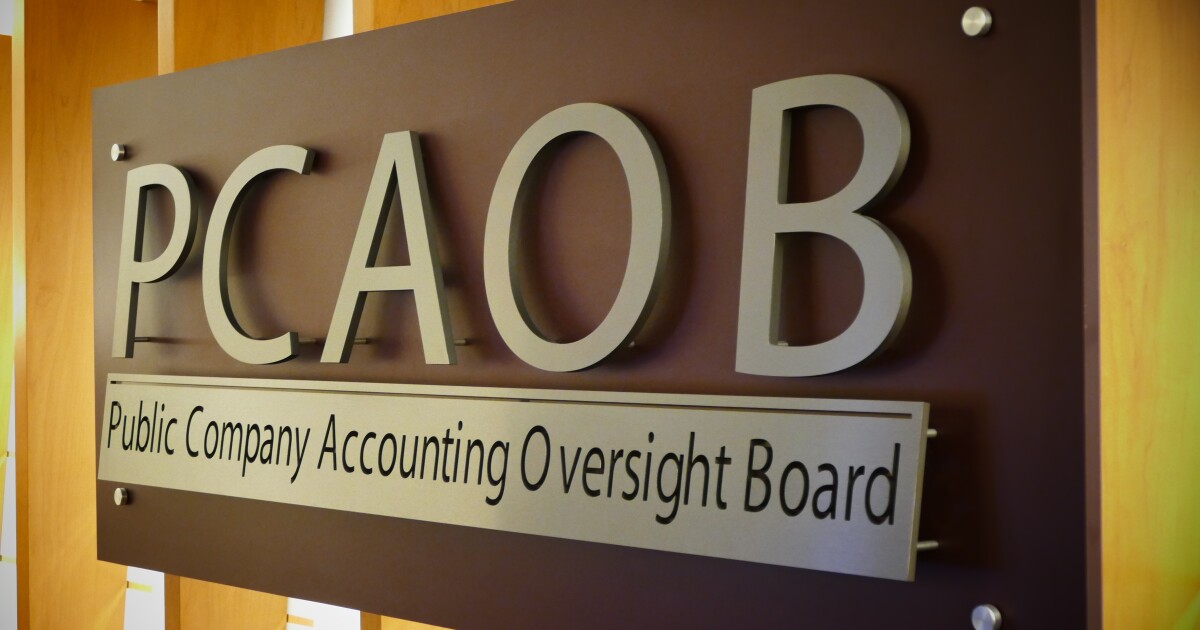Accountants are facing increasing demands for precision, speed and data protection. This is because the handling of confidential financial records requires not only technical expertise but also robust systems that ensure information is secure, organized and readily accessible. As firms navigate a growing and complicated array of compliance requirements and digital tools, the need for efficient and secure document workflows has never been more urgent.
Accountants manage a high volume of sensitive information daily, covering everything from client tax details and payroll reports to audit documentation and financial disclosures. The confidentiality of this information is paramount, not just for legal compliance, but also to maintain client trust and operational integrity.
Document security in accounting encompasses protocols for safeguarding records against unauthorized access, data breaches and loss. And with the average cost of data breaches reaching an all time high of $4.88 million in 2024, this has never been a more pressing issue. At the same time, streamlined workflows are essential for ensuring documents are processed quickly and accurately. Together, these two elements serve as the backbone of reliable financial reporting, timely filings, and successful audits.
The shift to remote and hybrid work models has only intensified the importance of digital document security and well-structured workflows. Without the right systems in place, even routine tasks like expense approvals or tax submissions can become time-consuming and error-prone.
Key obstacles accountants encounter in document handling
Despite the technological advancements of recent years, many accounting firms continue to grapple with document-related inefficiencies and security risks. Several recurring challenges stand in the way of operational excellence:
Overreliance on physical files: A significant number of accounting departments still use paper records for storing critical data. These physical files are vulnerable to theft, fire, water damage or simple misplacement. It’s estimated that around 7.5% of all paper documents are lost and a further 3% misfiled. In addition to these risks, paper-based documentation lacks digital features like keyword searchability, automated backups or access control, which leads to reduced efficiency and increased error rates. The fact that employees spend an average of 1.5 hours a day looking for information really drives the point home.
Fragmented filing systems: Inconsistent file naming and scattered storage locations are common in firms without a unified digital document strategy. This disorganization hinders retrieval and introduces the risk of working with outdated or duplicate records, especially during audits or client reviews. According to Forbes, businesses spend up to 30% of their time hunting down and verifying data.
Inadequate access controls: Many firms fail to implement user-specific access protocols. As a result, sensitive financial information may be accessible to staff who don’t require it, increasing the chances of unauthorized disclosure or tampering. The lack of audit trails also makes it difficult to trace changes or access history in the event of an incident.
Manual approval workflows: Workflow bottlenecks often stem from manually driven processes. Replacing steps like routing paper documents for signature with systems that can accept digital signatures can cut down delays and improve accuracy. These delays are not only frustrating but can also lead to missed deadlines and unnecessary follow-ups, particularly during busy periods.
Navigating compliance complexities: Accountants must comply with a host of regulations—from the General Data Protection Regulation and the Sarbanes-Oxley Act to industry-specific mandates. Meeting these requirements can be burdensome without automation tools or systems that support audit readiness, retention schedules, and secure access controls by design.
Effective strategies for improving document workflows and security
According to studies, the average annual cost of one employee looking for information equates to 21.5% of their salary. Addressing these challenges requires a proactive approach, underpinned by a blend of technology, training and policy development. Below are proven strategies that enable firms to modernize their approach:
Transition to a comprehensive digital document system: Deploying a secure document management system allows accountants to store all client and internal records in a centralized, cloud-based environment. Features like metadata tagging, advanced search, version history and automated archiving dramatically reduce the time spent managing files while enhancing overall security.
Adopt consistent naming standards and storage protocols: Standardized naming conventions make files easier to locate and manage across the firm. Examples such as “2024_Q1_ClientName_Invoice” or “Payroll_Audit_2023_TeamA” enable logical grouping and rapid access. Organizing folders by department, fiscal year, or client category further supports operational clarity.
Implement permission-based document access: Strong access management systems ensure that only authorized personnel can view or modify sensitive records. Assigning document permissions based on job roles, alongside encryption and two-factor authentication offers an essential safeguard against internal and external threats.
Automate document routing and approval chains: Replacing manual steps with automated workflows improves accuracy and speeds up approvals. Workflow automation tools can be configured to trigger tasks, notifications, and escalations. This ensures that documents such as invoices or budget approvals progress seamlessly.
Prepare for contingencies with backup and recovery plans: Every accounting firm should have a reliable data backup strategy that includes automatic, off-site backups and a tested disaster recovery plan. This ensures continuity in case of data loss, cyberattacks or system failure. Backup solutions should be encrypted and monitored regularly.
Prioritize continuous staff education: Human error remains a leading cause of data breaches, with studies showing as many as 80% of all breaches are caused this way. Continuous training programs can help staff recognize phishing attempts, understand document-handling best practices, and stay updated on compliance obligations.
Actionable advice for better file organization and protection
Beyond strategic overhauls, accountants can boost security and efficiency through minor day-to-day practices:
- Discourage local storage of critical files: Use only authorized systems like a document management system or secure cloud drive.
- Integrate two-factor authentication for system logins: Adds an extra layer of protection for remote or cloud access.
- Set up recurring digital workflows: Automate monthly tasks like reconciliation or reporting through tools such as Microsoft Power Automate or accounting software integrations.
- Use secure PDF editors: These tools allow users to redact, comment on and digitally sign documents—ensuring accuracy without printing.
- Regularly review retention policies. Maintain only necessary records and securely dispose of outdated files to reduce risk and storage needs.
Moving toward a digitally secure accounting future
The path to smarter document management in accounting begins with recognizing the hidden costs of inefficient systems. Lost time, increased risk and missed opportunities all hold your business back. By adopting secure digital tools, standardizing workflows, and investing in staff training, firms can build agile, resilient operations that are future-ready.
Secure and efficient document workflows not only reduce compliance risks but also empower accounting teams to deliver a faster and more reliable service to clients. In a competitive market, the ability to access the right data at the right time can make all the difference.


 Economics1 week ago
Economics1 week ago
 Blog Post1 week ago
Blog Post1 week ago
 Accounting1 week ago
Accounting1 week ago
 Personal Finance1 week ago
Personal Finance1 week ago
 Personal Finance6 days ago
Personal Finance6 days ago
 Economics6 days ago
Economics6 days ago
 Personal Finance6 days ago
Personal Finance6 days ago
 Finance6 days ago
Finance6 days ago












